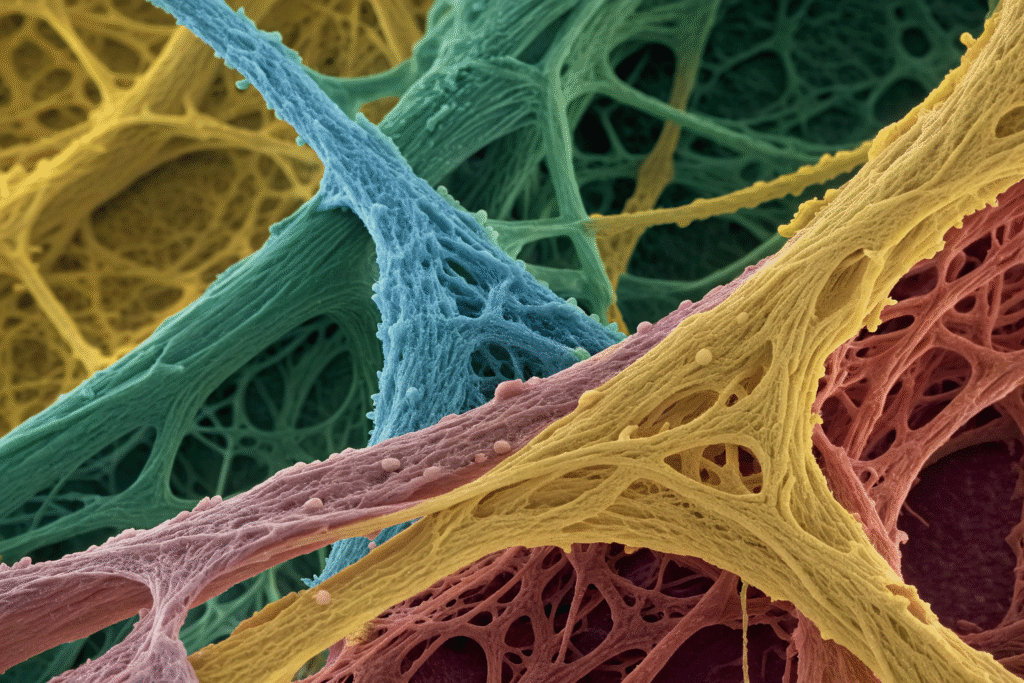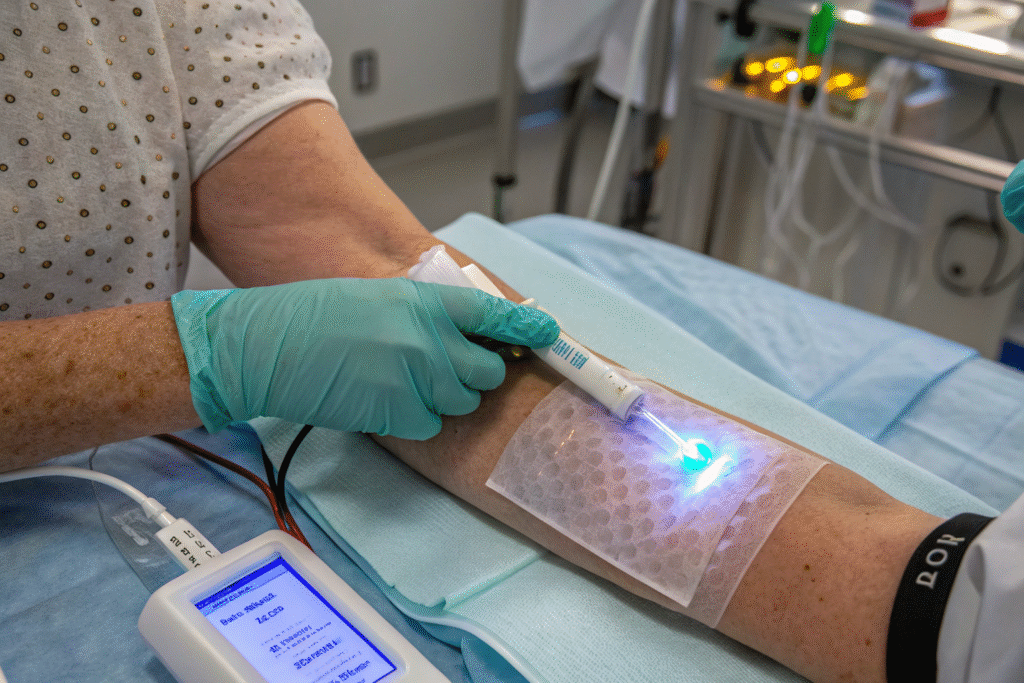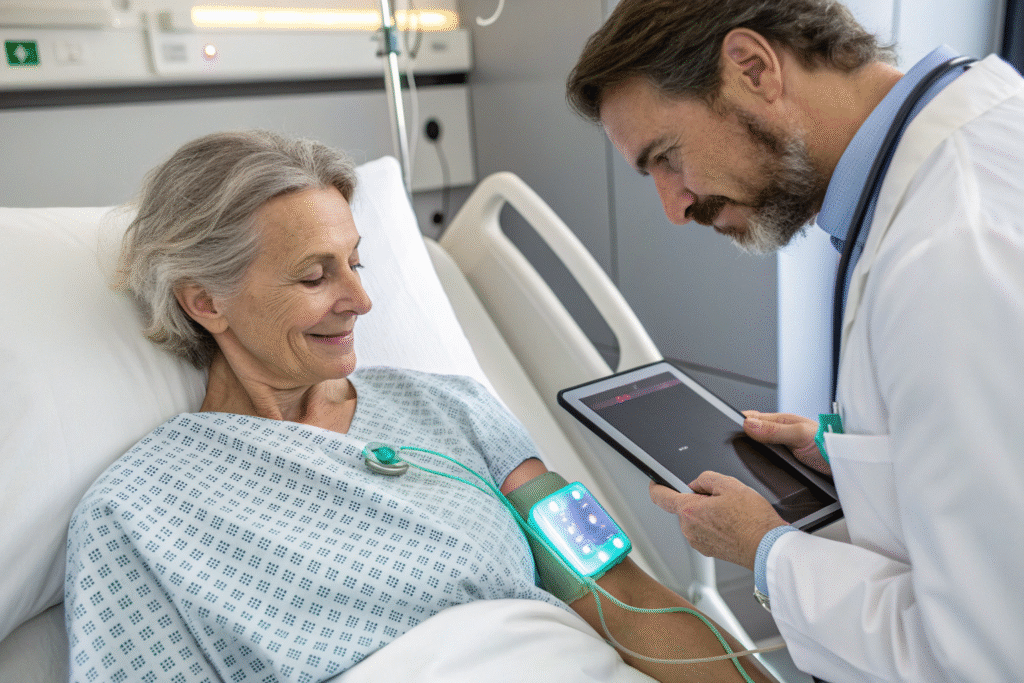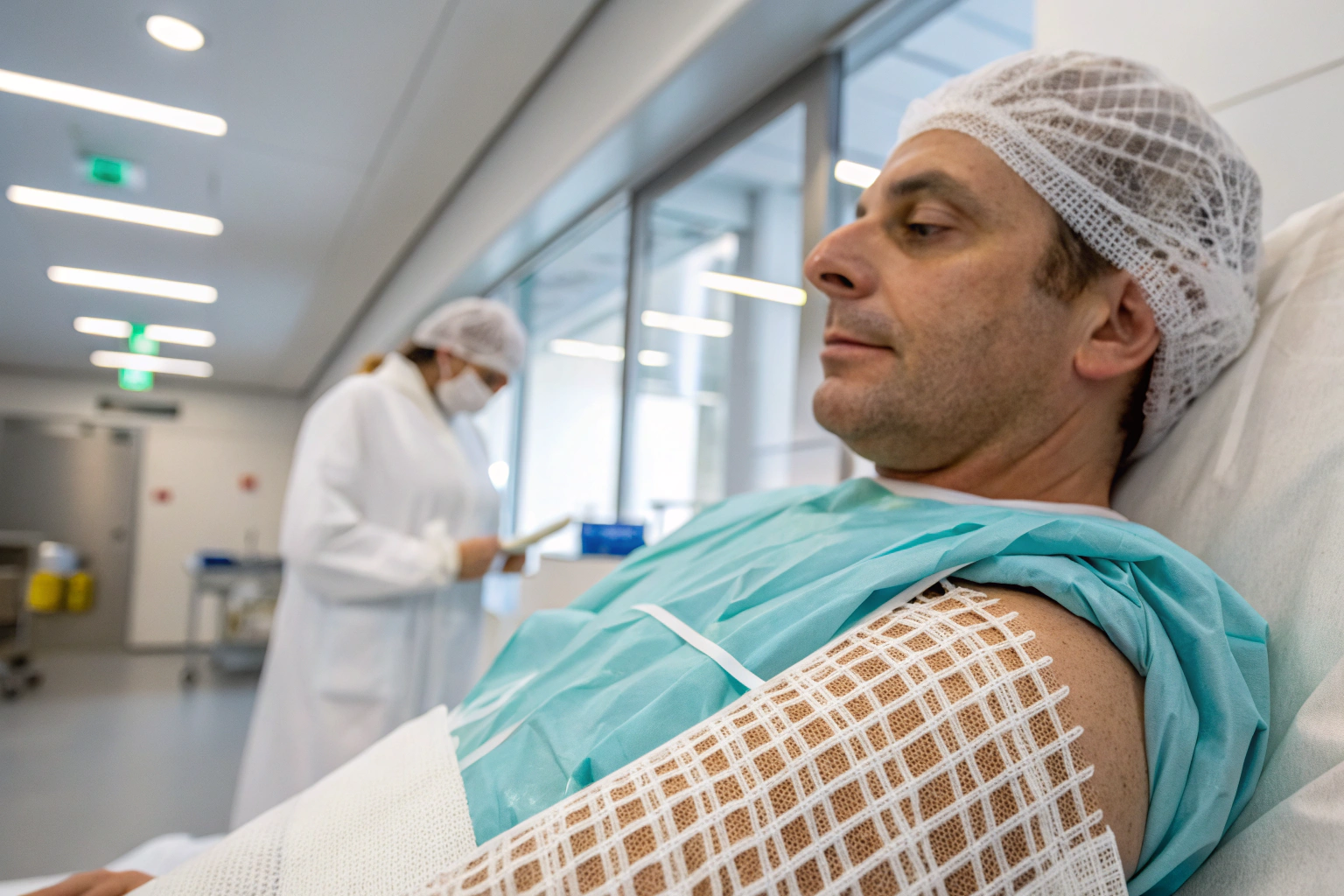When patients face chronic wounds or post-surgical recovery, traditional dressings often fail to provide the right balance of protection, healing acceleration, and comfort. This often results in longer recovery periods, higher infection risks, and repeated hospital visits that place both physical and financial burdens on patients and their families. For healthcare providers, it also means rising costs, stricter insurance claims, and lower patient satisfaction.
Self-assembling nanofiber wound care textiles offer a next-generation solution by combining rapid healing, superior moisture control, and antimicrobial protection in a single material. These advanced fabrics are engineered at the nanoscale to mimic the natural extracellular matrix, creating a healing environment that feels closer to the body’s own repair mechanisms. In hospitals where such dressings are already used, patient outcomes show marked improvement, with fewer infections and faster discharge rates.
As a textile manufacturer with decades of expertise, I have seen how material innovations reshape industries. Just as breathable fabrics transformed sportswear, nanofiber technology is now transforming wound care. For hospitals, clinics, and patients, this material is not just another dressing—it is a breakthrough in recovery.
Recraft指令--Create a realistic medical illustration showing a close-up of nanofiber wound dressings applied on skin, highlighting fine fiber structures and a calm patient recovering in a hospital environment. Avoid distorted faces, show clean clinical settings, modern healthcare atmosphere.
What Makes Nanofiber Textiles Different?
Self-assembling nanofiber wound dressings are fundamentally different from conventional gauze pads or hydrocolloid sheets. Instead of relying on weaving or knitting, they are engineered at the molecular level to form ultra-thin fibers that spontaneously organize into a web-like network. This network is highly porous, with over 80% void space, allowing both oxygen flow and fluid drainage.
The difference lies in their microscopic design: nanofibers can be as thin as 50–200 nanometers, creating a structure that supports rapid cell adhesion, tissue regeneration, and nutrient exchange.

Unlike gauze, which often sticks to the wound bed and causes painful tearing during removal, nanofiber dressings dissolve naturally or peel off without trauma. They also prevent scarring by ensuring an evenly moist healing surface.
How Do Nanofibers Mimic Natural Healing?
Nanofibers replicate the extracellular matrix, a complex biological scaffold that provides structural and biochemical support to surrounding cells. By imitating this environment, nanofiber dressings trigger fibroblast migration and collagen deposition, two key processes in tissue closure. In fact, one clinical trial by NIH demonstrated that nanofiber-treated wounds closed 35% faster than those dressed with cotton gauze.
Are They Safe for Patients With Sensitive Skin?
Yes. Many nanofiber wound textiles are produced from biocompatible polymers such as polycaprolactone or chitosan, both of which degrade safely inside the body. Others use natural proteins like collagen and silk fibroin. These materials reduce allergic reactions, making them safe even for infants and elderly patients with fragile skin. Hospitals in the U.S. and EU already report lower irritation rates when switching to nanofiber dressings.
Do They Reduce the Risk of Infection?
One of the most persistent challenges in wound care is infection control. Bacteria can colonize wounds within hours, especially in diabetic ulcers or burn injuries. Traditional dressings often trap excess fluid, creating an ideal breeding ground for pathogens.
Nanofiber wound care textiles solve this by embedding antimicrobial agents and enabling controlled drug release.

The unique structure of nanofibers allows active substances—such as silver nanoparticles, iodine, or even herbal extracts—to be integrated directly into the fiber matrix. This ensures a sustained and localized antimicrobial effect without overwhelming the patient’s system.
How Effective Are Antimicrobial Nanofibers?
According to Wound Repair and Regeneration, silver-loaded nanofiber dressings achieved a 95% reduction in bacterial colonies, significantly outperforming standard gauze. In real-world hospital trials, patients with burns treated with these dressings showed reduced need for intravenous antibiotics, decreasing the burden on the healthcare system.
Can They Replace Antibiotics in Some Cases?
Not entirely, but they serve as a strong supplement. For mild to moderate wounds, nanofiber dressings can reduce or delay the need for oral antibiotics, thereby lowering risks of antibiotic resistance. Patients who used these dressings also reported less odor, less pus, and greater comfort. This points toward an integrated infection-control approach, where the dressing itself acts as a frontline barrier.
Are They Cost-Effective for Healthcare Providers?
Hospitals often hesitate to adopt new wound care materials because of budget concerns. At first glance, nanofiber dressings may appear more expensive than standard gauze. However, long-term studies reveal that their ability to reduce infections, accelerate healing, and lower readmission rates makes them highly cost-effective.
By cutting down treatment duration and minimizing complications, nanofiber textiles often save both hospitals and patients significant costs.

For example, a case study in Germany showed that switching to nanofiber dressings in chronic wound care reduced total costs by 22% per patient due to fewer dressing changes and shorter hospitalization periods.
What About Production Scalability?
Thanks to advances in electrospinning and spray deposition, nanofiber dressings can now be mass-produced at industrial scale. Companies like RegenMed and several Asian textile labs are already scaling production for export markets. This ensures that hospitals can adopt them without worrying about limited supply or inconsistent quality.
Do Faster Healing Times Mean Lower Total Costs?
Yes. Faster healing not only reduces the need for repeat visits but also lowers nursing labor costs. A PubMed study found that nanofiber-treated wounds healed in 10–14 days compared to 21–28 days for conventional gauze. That translates to significant savings in both time and money, especially for long-term care facilities.
How Do They Fit Into the Future of Medicine?
Nanofiber wound care textiles are not just dressings; they represent a platform for future smart healthcare. Scientists are developing self-assembling nanofibers with embedded biosensors capable of tracking wound pH, temperature, and oxygen levels.
In the near future, these dressings could transmit real-time healing data to doctors, enabling precision medicine without frequent clinic visits.

This could especially benefit rural patients who lack easy access to hospitals. Instead of weekly visits, they could rely on connected dressings that send updates directly to their physicians.
Could Smart Textiles Replace Traditional Monitoring?
Yes, ongoing studies in Advanced Healthcare Materials show that smart dressings can provide continuous wound assessment. By detecting early signs of infection or delayed healing, they reduce the risk of complications. Such proactive care can be a game-changer for diabetic patients who often face recurring ulcers.
Will Patients Accept High-Tech Wound Care?
Most patients prefer solutions that combine comfort, faster healing, and fewer infections. Early trials in U.S. hospitals revealed strong acceptance rates, with patients appreciating the idea of "intelligent bandages." If proven reliable, these textiles could soon become a mainstream option in advanced healthcare.
Conclusion
Self-assembling nanofiber wound care textiles are more than just another product on the medical shelf—they represent a revolution in patient healing. They combine biological mimicry, antimicrobial protection, economic efficiency, and the potential for smart integration. For both healthcare providers and patients, they bring safer, faster, and more comfortable recovery.
If you are considering sourcing advanced medical textiles, our company Shanghai Fumao has the expertise, global logistics network, and industrial capacity to support your needs. Reach out to our Business Director Elaine at elaine@fumaoclothing.com to discuss customized wound care fabric solutions that align with your goals.










